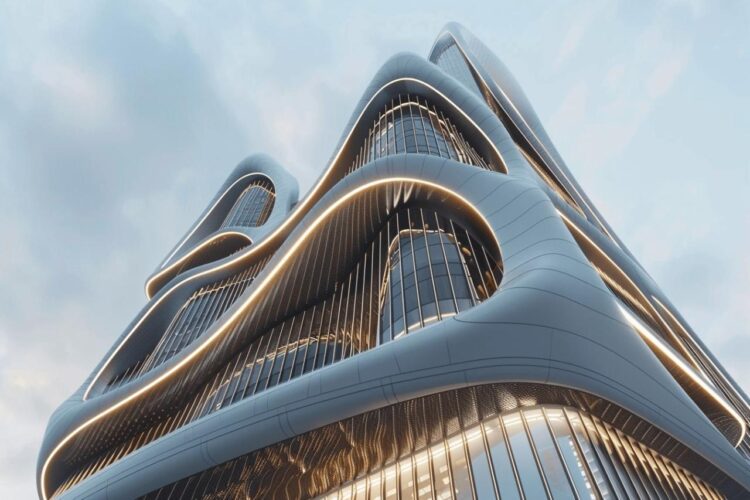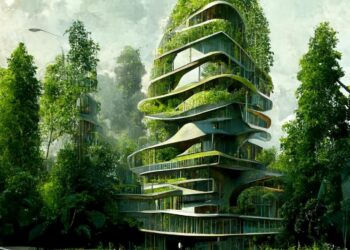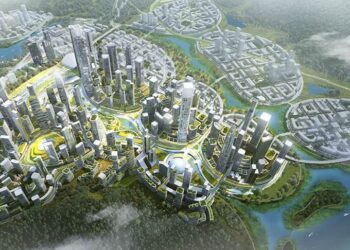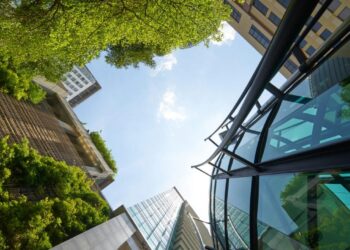Parametric Design Revolutionizes Net-Zero Buildings
The global push for sustainability in the built environment has brought Net-Zero Energy Buildings (NZEBs) from a fringe concept to the forefront of modern architecture. These are structures engineered to generate as much energy on-site as they consume annually, effectively neutralizing their carbon footprint. While the principles of NZEBs are straightforward—superb insulation, high-efficiency systems, and on-site renewable energy generation—the complexity of their design has historically been a significant barrier. Each component must be precisely calculated and integrated to work in perfect harmony with the others and with the local environment. This is where a revolutionary tool is changing the game: parametric design software. This technology is transforming the way architects and engineers approach sustainable design, making the creation of high-performance buildings more efficient, accurate, and innovative than ever before.
Parametric design, at its core, is a process based on algorithmic thinking. Instead of drawing a fixed form, a designer defines the relationships between design elements. For example, instead of drawing a window, a designer defines the window’s parameters, such as its size, shape, and position, and links them to other variables like sun angle and heat gain. The software then generates the form based on these rules. This dynamic, data-driven approach is the secret sauce for optimizing NZEBs, allowing for a level of precision and analysis that traditional design methods simply cannot match. This article will explore how parametric design software is not just an accessory but an indispensable tool that is democratizing and accelerating the creation of net-zero buildings.
I. The Core Principle: A Data-Driven Design Process
Parametric design software shifts the architectural process from a static one to a dynamic one. It’s no longer about a single drawing but a living model where variables are interconnected. This is particularly powerful for NZEBs, where a change in one parameter (like window size) can have a cascading effect on dozens of others (like heating load, lighting requirements, and solar panel size).
A. Real-Time Performance Analysis: One of the most profound benefits is the ability to conduct real-time performance analysis. Architects can test different design options—from the orientation of the building to the type of facade materials—and instantly see the impact on energy consumption, daylighting, and thermal performance. For example, a designer can adjust the angle of a building’s roof to maximize solar panel efficiency and immediately visualize the changes in energy production. This iterative process allows designers to quickly identify and correct inefficiencies, leading to an optimized final design.
B. Generative Design for Optimal Forms: Parametric software can go beyond simple analysis to employ generative design. Designers can input specific goals, such as minimizing energy consumption and maximizing natural light, and the software will generate a multitude of design solutions that meet these criteria. This allows for the exploration of unconventional and highly efficient forms that might never be conceived through traditional methods. For instance, the software could generate a building with a unique, undulating facade optimized for sun shading, a shape that would be incredibly difficult to model and calculate manually.
C. Seamless Integration with Environmental Data: Parametric tools can be linked directly to external data feeds, such as local weather patterns, sun paths, and wind directions. This integration allows the design to be dynamically shaped by its environment. A building can be designed to automatically adjust its form or materials based on real-time data to maintain optimal indoor conditions. For example, an automated shading system on a facade could be programmed using parametric models to adjust its louvers based on the sun’s position throughout the day and year, all for maximum energy efficiency.
II. Optimizing the Building Envelope and Systems
The building envelope—the walls, roof, windows, and foundation—is the single most important factor in a building’s energy performance. Parametric design software provides an unprecedented level of control and precision in optimizing this crucial element.
A. Façade Optimization: The façade of a building is where it interacts most directly with the external environment. Parametric design allows architects to model and optimize complex façades for solar gain, daylighting, and thermal performance. This can lead to the design of intricate brise-soleil (sun-shading devices) or dynamic curtain walls that respond to changing conditions. The software can calculate the optimal depth, angle, and spacing of these elements to prevent overheating in summer while allowing for maximum solar heat gain in winter.
B. Insulation and Material Selection: The thermal performance of a building is directly related to its insulation. Parametric software can analyze different insulation materials and thicknesses and model their impact on the overall R-value and energy usage. This allows a designer to find the perfect balance between cost and performance. . This is particularly useful for complex geometries where traditional calculations would be tedious and prone to error.
C. Integration with HVAC and Renewable Systems: A net-zero building’s mechanical systems must be perfectly sized to meet a minimal energy demand. Parametric software connects the building envelope model directly to the HVAC system and solar panel calculations. If a designer reduces the window-to-wall ratio in one area, the software can instantly recalculate the required heating and cooling loads, as well as the size of the renewable energy system needed to offset that consumption. This holistic approach ensures that no system is over or under-sized, which is both a cost-saving and performance-enhancing benefit.
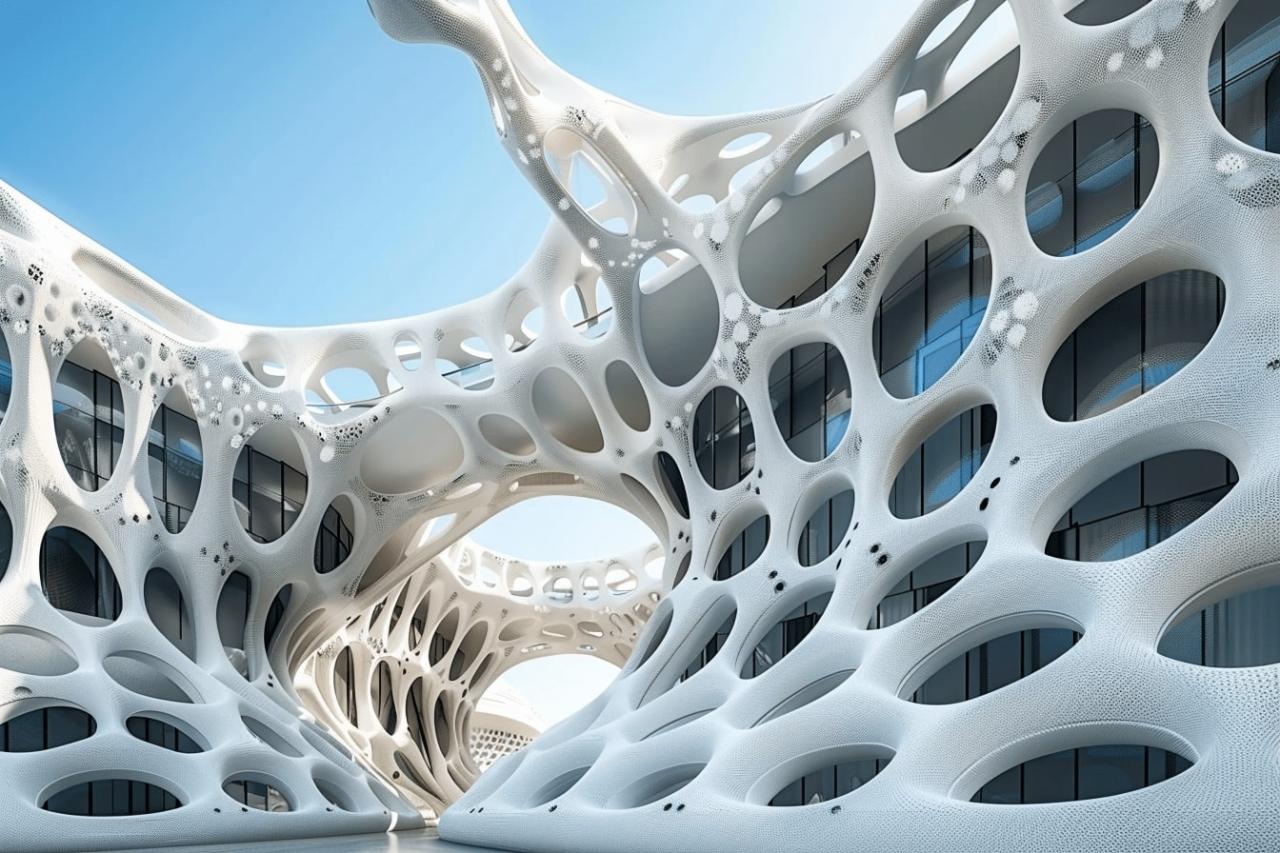 III. Democratizing Sustainable Design and Collaboration
III. Democratizing Sustainable Design and Collaboration
Parametric design software is not just a tool for the elite; it’s a technology that is making high-performance design more accessible and fostering a new level of collaboration.
A. Faster and More Accessible Analysis: In the past, detailed energy analysis required a team of specialists and took weeks or even months. With parametric software, this analysis is integrated into the design process itself. This means that even smaller firms or independent designers can make data-driven decisions about sustainability without a significant time or financial investment. It democratizes the knowledge and tools previously reserved for large, specialized architectural firms.
B. Enhanced Communication and Collaboration: Parametric models serve as a single source of truth for all project stakeholders. Architects, engineers, clients, and contractors can all access and interact with the same model. If an engineer suggests a different material for a wall, the architect can immediately see the impact on the design’s aesthetics and cost. This seamless collaboration reduces errors, speeds up the design process, and ensures that everyone is working toward the same net-zero goal.
C. The Proliferation of Design Libraries: A growing number of open-source and commercial libraries for parametric software are emerging. These libraries contain pre-designed components and scripts for common sustainable features, like optimized solar panel arrays or rainwater harvesting systems. This allows designers to easily incorporate advanced sustainable elements into their projects without reinventing the wheel every time. It’s like a digital toolbox for net-zero design, making complex solutions plug-and-play.
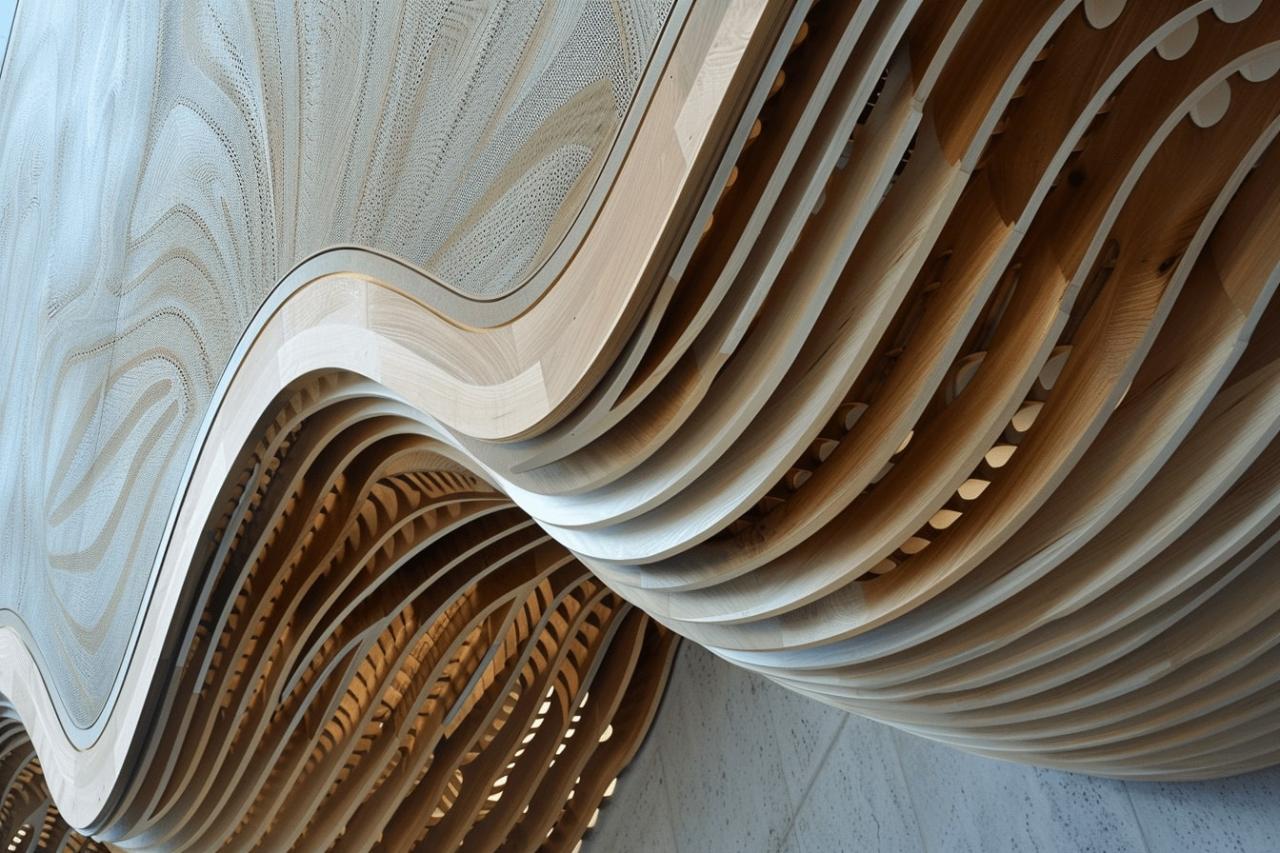 IV. Case Studies and Future Implications
IV. Case Studies and Future Implications
The use of parametric design in NZEBs is no longer a theoretical exercise. Projects around the world are showcasing its power and potential. The Bullitt Center in Seattle, often called “the greenest commercial building in the world,” used advanced computational modeling to optimize its design. Its complex solar shading system and rainwater collection were precisely calibrated using data-driven analysis. Similarly, the Cube in Berlin uses a parametric façade to respond to real-time weather, a feat of both technology and design.
The future of architecture is inherently parametric. As climate change becomes a more pressing concern, building codes will likely mandate higher levels of energy efficiency, making the analytical power of these tools indispensable. Furthermore, as the technology becomes more intuitive and powerful, it will allow designers to create buildings that are not only sustainable but also more beautiful and responsive to their environment. The era of the “dumb box” is over. We are entering an age where every building can be a living, breathing part of the ecosystem, thanks to the revolution brought by parametric design.
Conclusion
Parametric design software is fundamentally reshaping the architectural landscape, particularly in the realm of net-zero buildings. It moves the design process from an intuitive, manual effort to a data-driven, analytical one. By enabling real-time performance analysis, facilitating generative design, and fostering seamless collaboration, it is not only making NZEBs more feasible and cost-effective but is also driving a new wave of architectural innovation. The initial investment in the software and the learning curve are minor when compared to the long-term benefits of creating highly efficient, beautiful, and sustainable structures. The architect’s role is evolving, becoming less about drawing a fixed form and more about defining a set of intelligent rules. This new paradigm ensures that the buildings of the future will be smarter, greener, and more connected to the world around them, ultimately paving the way for a more sustainable urban future.

